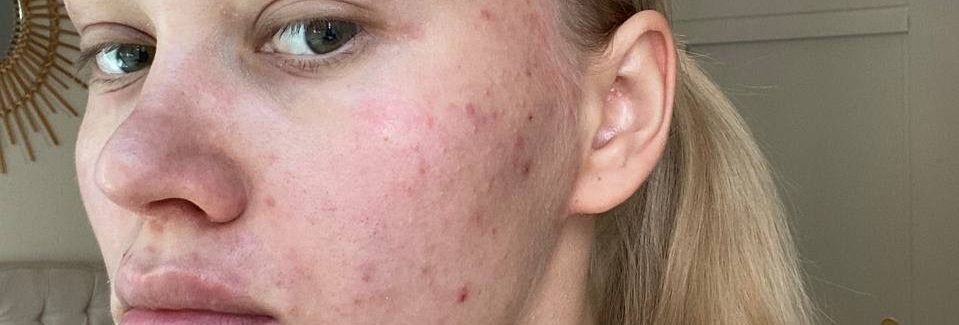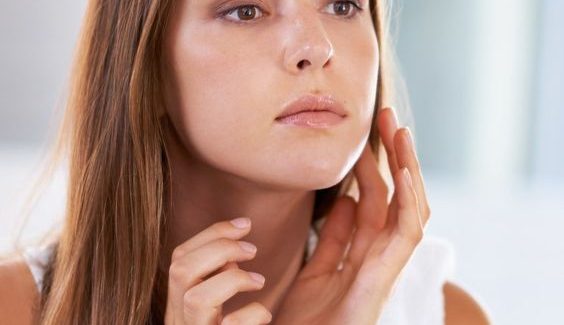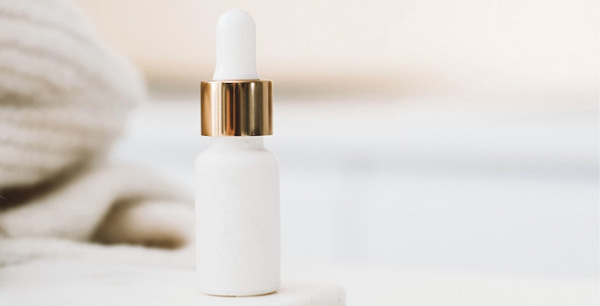Rosacea
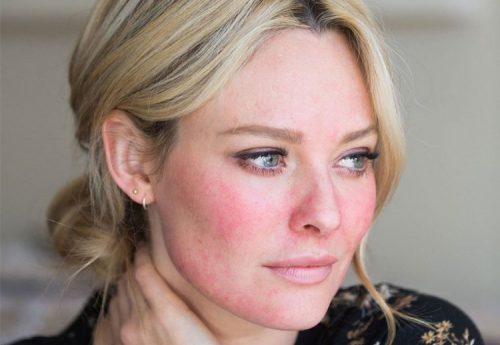
Superficial blood vessels and redness on the cheeks and wings of the nose ?
Rosacea is a chronic disease on the face with increased capillary reactivity to heating, causing blood rushing and, eventually, telangiectasia.
It is 3 times more common for women than for men.
Average age from 30 to 60.
This decease affects 5.5% of the adult population.
To confirm the diagnosis, erythema must be present for at least three months.
Unfortunately the causes of rosacea remain uncertain, and both the etiology and pathogenesis are unclear.
There are 5 major theories:
- damage of the connective tissue of the skin caused by solar irradiation.
- abnormal vascular reactivity.
- possible role of Helicobacter pylori, infection of the gastric mucosa.
- certain chemical substances. These include capsaicin (chili pepper) and resveratrol (phenol found in red wine).
- a potential role has often been proposed for the folliculemites Demodex folliculorum and Demodex brevis in the pathogenesis of rosacea.
Exacerbation can be provoked by:
- Temperature changes.
- Alcohol
- Caffeine
- Spicy food
- Stress
- Sun or wind.
- Medications that cause vasodilation.
Rosacea has a different duration and prognosis. This is usually a chronic disease, interspersed with episodes of acute inflammation.
Recommendations for patients:
- Avoid provoking or aggravating factors for their trigger factors of blood rushes.
- Facial massage can reduce swelling.
- Sunscreens should be applied daily.
- Avoid astringents, tonics, menthol, camphor, waterproof cosmetics that require solvent removal, or products containing sodium lauryl sulfate.
- Reasonable use of cosmetics can significantly improve the appearance and thereby significantly reduce stress. If the skin is dry, use emollients (hypoallergenic and non-comedogenic emollient creams).
- Avoid topical steroids.
Only a doctor can diagnose and select the appropriate treatment for rosacea.
Products for rosacea
-

GENOSYS ALL FOR SENSITIVE SERUM
330,00 AED -
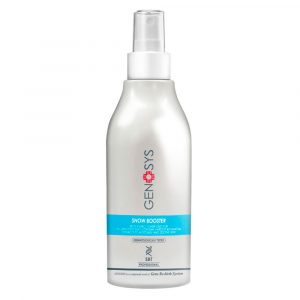
GENOSYS BOOSTER
260,00 AED -
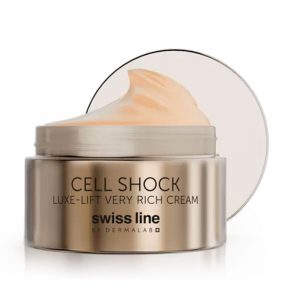
Swissline CELL SHOCK LUXE-LIFT RICH CREAM
970,00 AED -
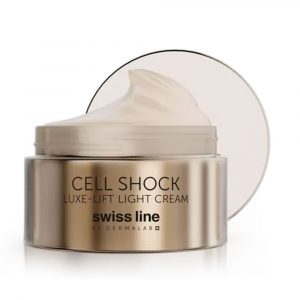
Swissline LUXE-LIFT LIGHT CREAM
930,00 AED -
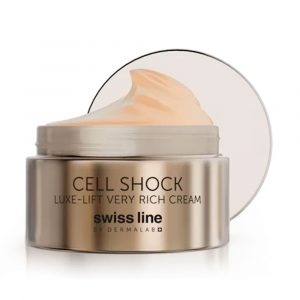
Swissline LUXE-LIFT VERY RICH CREAM
970,00 AED -
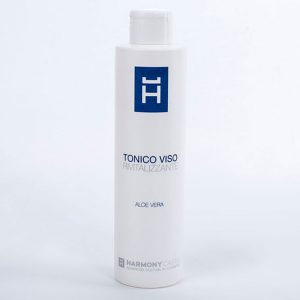
Harmony Castle REVITALIZING FACE TONIC- ALOE- BOTTLE
240,00 AED -
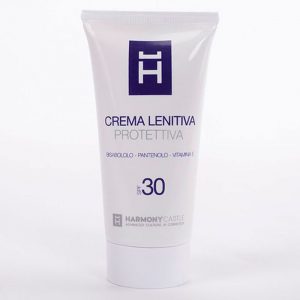
Harmony Castle LENITIVE PROTECTIVE CREAM SPF 30
370,00 AED -

Harmony Castle ANTI-AGING SNAIL SLIME CREAM
490,00 AED -
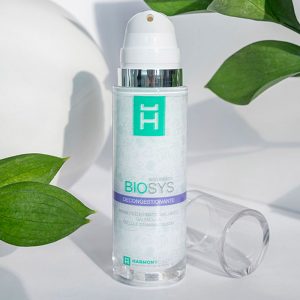
Harmony Castle PREBIOTIC DECONGESTANT SERUM
500,00 AED -
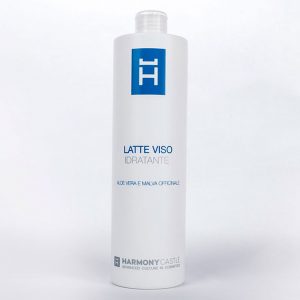
Harmony Castle HYDRATING FACE MILK – ALOE AND MAUVE – BOTTLE
250,00 AED -

Swissline BRIGHTENING-AURA MASK
500,00 AED -
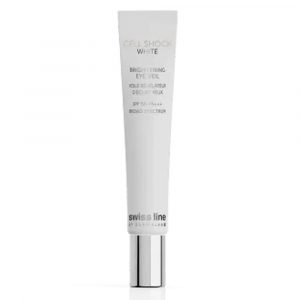
Swissline BRIGHTENING EYE VEIL SPF 50
560,00 AED -
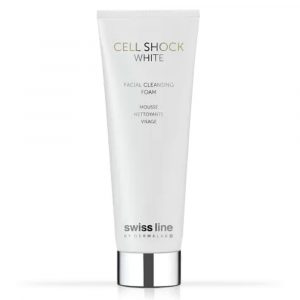
Swissline CELL SHOCK WHITE FACIAL CLEANSING FOAM
380,00 AED -

Swissline ANTI-OXIDANT WATER
260,00 AED -

Swissline SKIN-FRIENDLY CLEANSER
260,00 AED -
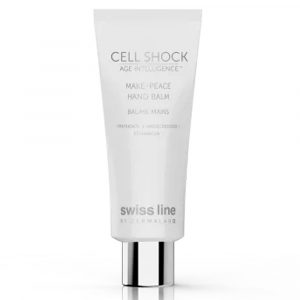
Swissline MAKE-PEACE HAND BALM
210,00 AED -
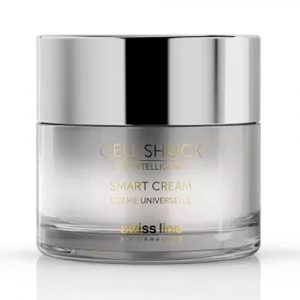
Swissline SMART CREAM
540,00 AED -
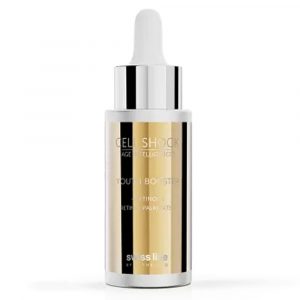
Swissline YOUTH BOOSTER – RETINOL + RETINYL PALMITATE
380,00 AED -
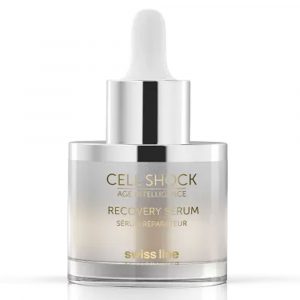
Swissline RECOVERY SERUM
810,00 AED -
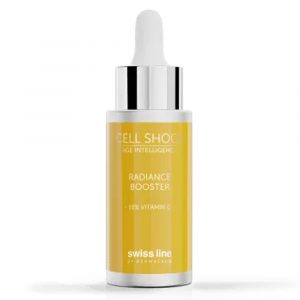
Swissline RADIANCE BOOSTER – 10% VITAMIN C
360,00 AED -
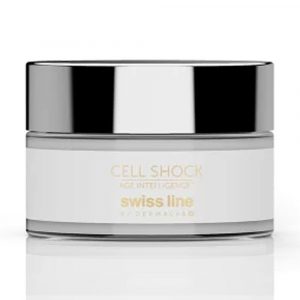
Swissline YOUTH-INDUCING CREAM
600,00 AED -
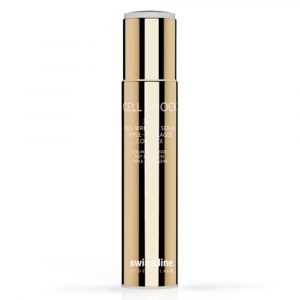
Swissline CELL SHOCK 360° ANTI-WRINKLE SERUM
1.025,00 AED -
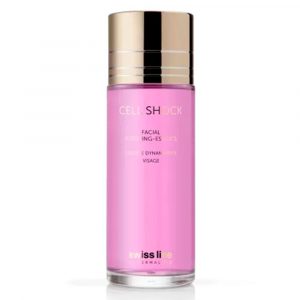
Swissline FACIAL BOOSTING-ESSENCE
600,00 AED -
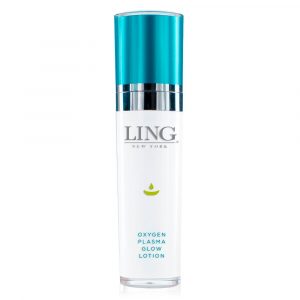
Ling Oxygen Plasma Glow Reviving Refresh Lotion
245,00 AED -
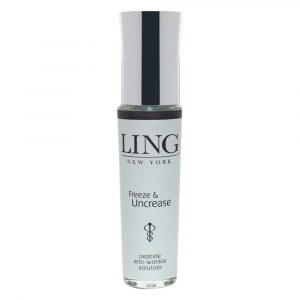
Ling Freeze & UnCrease Serum (Peptide Anti-wrinkle Solution)
480,00 AED -
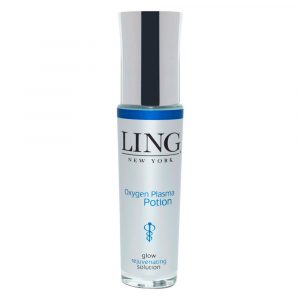
Ling Oxygen Plasma Potion (Glow Rejuvenating Solution)
450,00 AED -
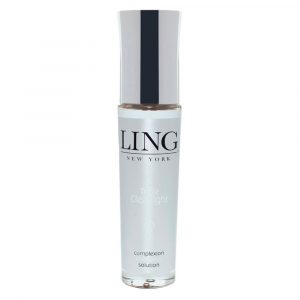
Ling Triple Clearlight Serum (Complexion Correcting Solution)
450,00 AED -
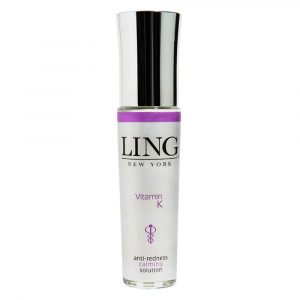
Ling Vitamin K (Anti-redness Calming Solution)
420,00 AED -

Ling Hi-Vitamin C 12% Serum (Anti-oxidant Brightening Solution)
420,00 AED -
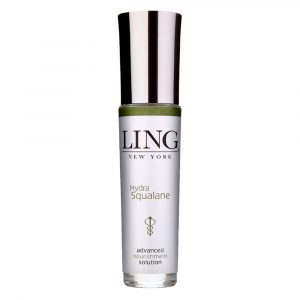
Ling Hydra Squalane Serum (Advanced Nourishment Solution)
420,00 AED -
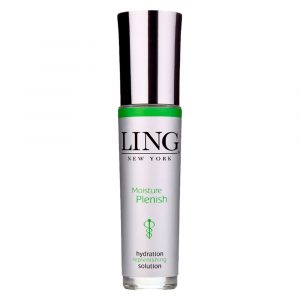
Ling Moisture Plenish Serum (Hydration Replenishing Solution)
350,00 AED -
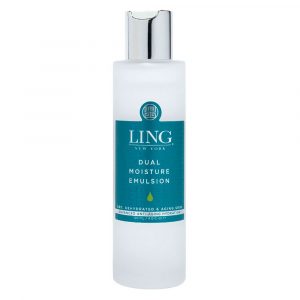
Ling Dual Moisture Emulsion
340,00 AED -
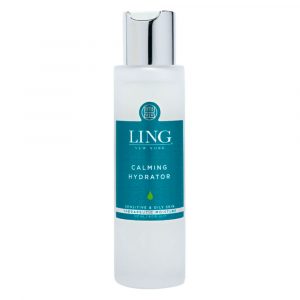
Ling Calming Hydrator
210,00 AED -
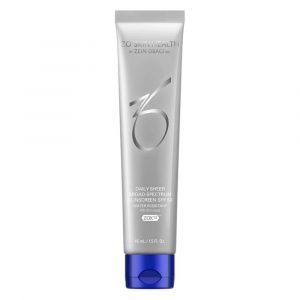
Zein Obagi Daily Sheer Broad Spectrum SPF 50
394,00 AED -
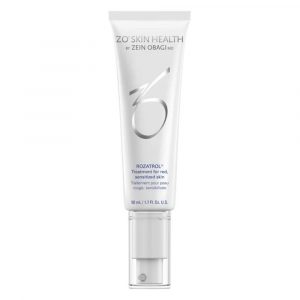
Zein Obagi Rozatrol Normalizing Serum Treatment for Red, Sensitized Skin
462,00 AED -
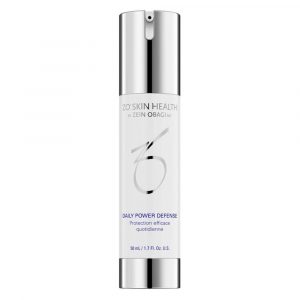
Zein Obagi Daily Power Defense
827,00 AED -
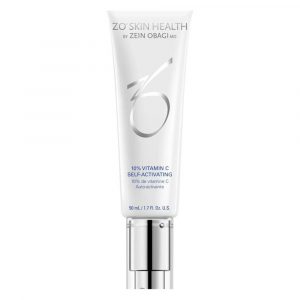
Zein Obagi 10% Vitamin C Self- Activating
504,00 AED -
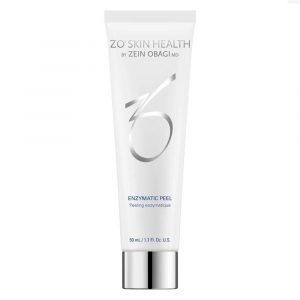
Zein Obagi Enzymatic Peel
414,75 AED -
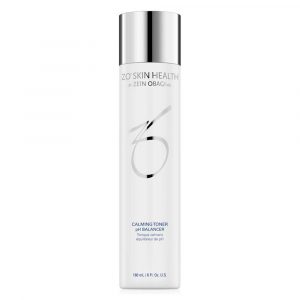
Zein Obagi Calming Toner pH
231,00 AED -

Zein Obagi Hydrating Cleanser
241,50 AED -

GENOSYS PEPTIDE GEL MASK
80,00 AED -
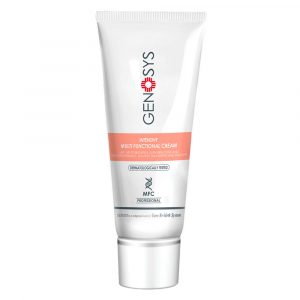
GENOSYS INTENSIVE MULTI FUNCTIONAL CREAM
420,00 AED -

GENOSYS INTENSIVE HYDRO SOOTHING CREAM
290,00 AED -
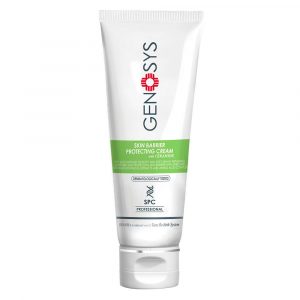
GENOSYS SKIN BARRIER PROTECTING CREAM
450,00 AED -

GENOSYS INTENSIVE BLEMISH BALM CREAM
250,00 AED -
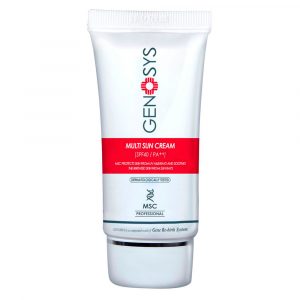
GENOSYS MULTI SUN CREAM
210,00 AED -
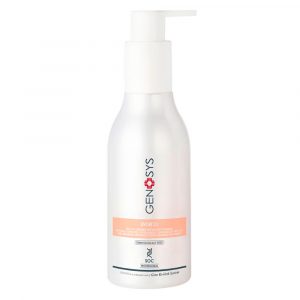
GENOSYS SNOW O2
330,00 AED -
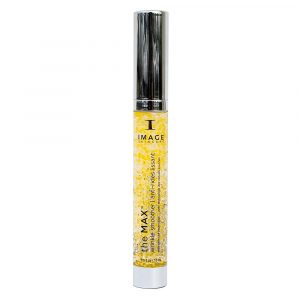
IMAGE skincare THE MAX™ STEM CELL WRINKLE SMOOTHER
430,00 AED -
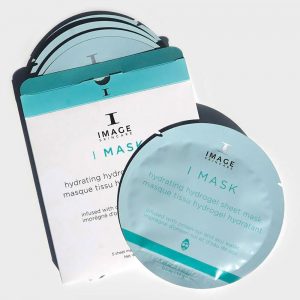
IMAGE skincare I MASK hydrating hydrogel sheet mask
170,00 AED -
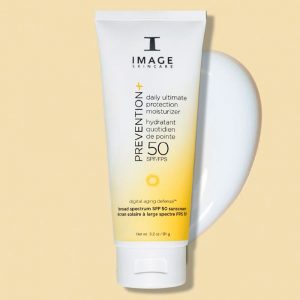
IMAGE skincare PREVENTION+ DAILY ULTIMATE MOISTURIZER SPF 50
230,00 AED -
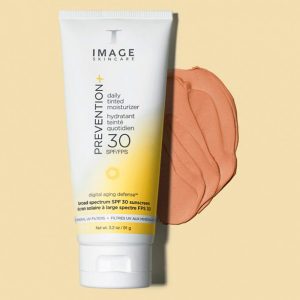
IMAGE skincare PREVENTION+ DAILY TINTED MOISTURIZER SPF 30
230,00 AED -
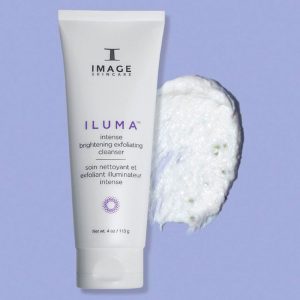
IMAGE skincare ILUMA™ INTENSE BRIGHTENING EXFOLIATING CLEANSER
190,00 AED -
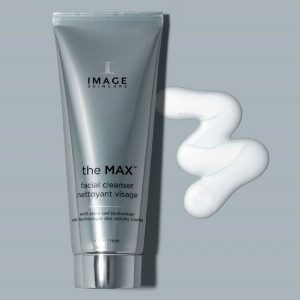
IMAGE skincare THE MAX™ STEM CELL FACIAL CLEANSER
170,00 AED -
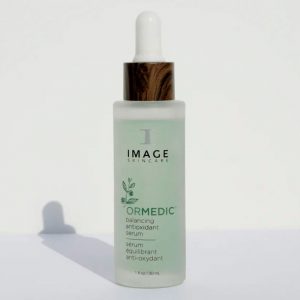
IMAGE skincare ORMEDIC balancing antioxidant serum
290,00 AED -
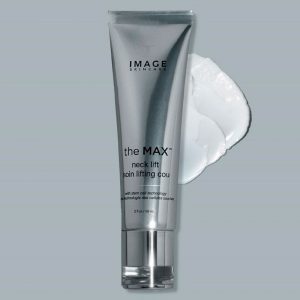
IMAGE skincare THE MAX™ STEM CELL NECK LIFT
420,00 AED -
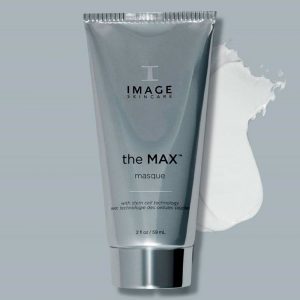
IMAGE skincare THE MAX™ STEM CELL MASQUE
231,00 AED -
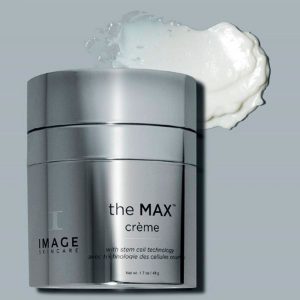
IMAGE skincare THE MAX™ STEM CELL CRÈME
567,00 AED -
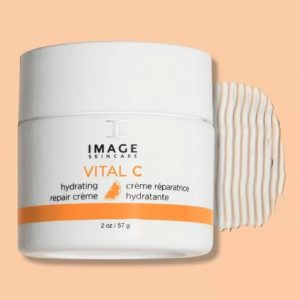
IMAGE skincare VITAL C HYDRATING REPAIR CRÈME
399,00 AED -

IMAGE skincare VITAL C hydrating anti-aging serum
400,00 AED -
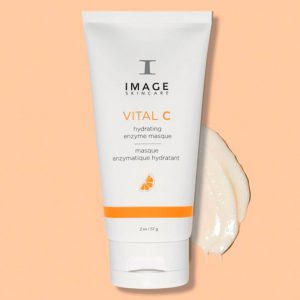
IMAGE skincare VITAL C hydrating enzyme masque
200,00 AED -
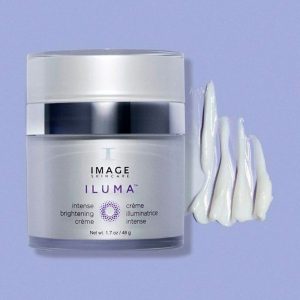
IMAGE skincare ILUMA intense brightening creme
462,00 AED -
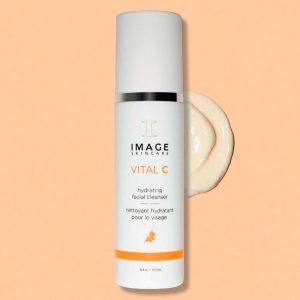
IMAGE skincare VITAL C hydrating facial cleanser
189,00 AED -
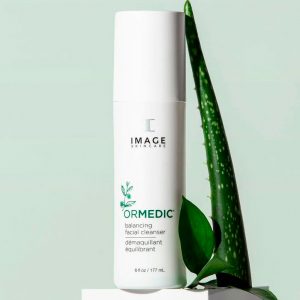
IMAGE skincare ORMEDIC® balancing facial cleanser
200,00 AED -
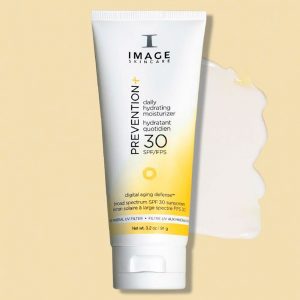
IMAGE skincare PREVENTION+ DAILY HYDRATING MOISTURIZER SPF 30
349,00 AED -
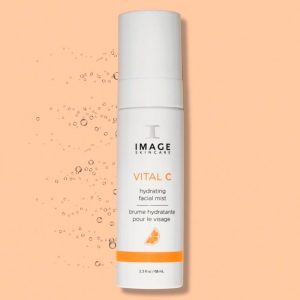
IMAGE skincare VITAL C HYDRATING FACIAL MIST
265,00 AED -
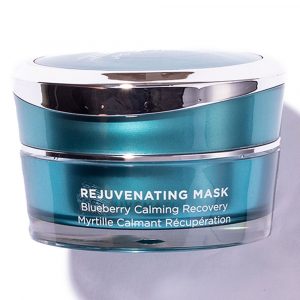
HydroPeptide Rejuvenating Mask: Blueberry Calming Recovery
220,00 AED -
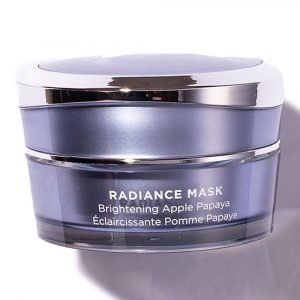
HydroPeptide Radiance Mask: Brightening Apple Papaya
220,00 AED -
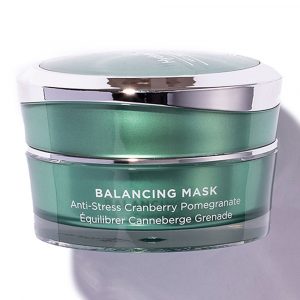
HydroPeptide Balancing Mask: Anti-Stress Cranberry Pomegranate
220,00 AED -

HydroPeptide Peel: Anti-Wrinkle Polish & Plump Peel
465,00 AED -
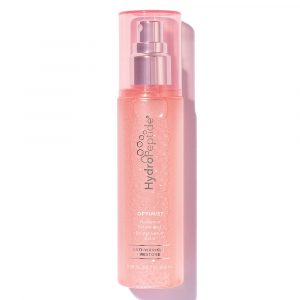
HydroPeptide OptiMist
355,00 AED -
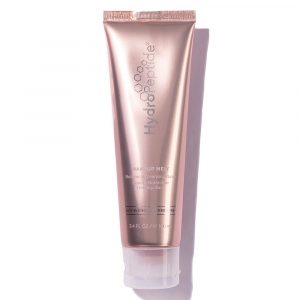
HydroPeptide Makeup Melt: Botanical Cleansing Balm
255,00 AED -
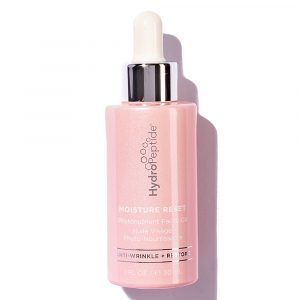
HydroPeptide Moisture Reset: Phytonutrient Facial Oil
590,00 AED -
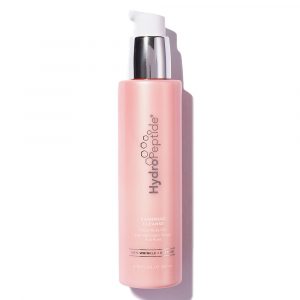
HydroPeptide Cashmere Cleanse: Facial Rose Milk
285,00 AED -
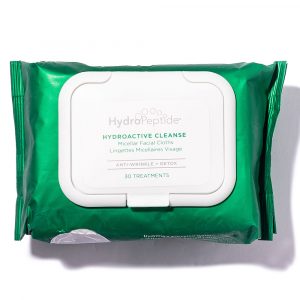
HydroActive Cleanse Micellar Face cloths
120,00 AED -
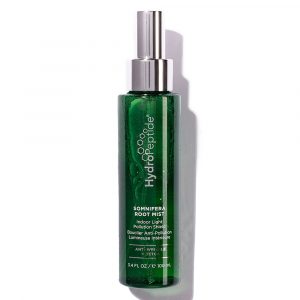
HydroPeptide Somnifera Root Mist: Light indorr Pollution Shield
260,00 AED -

HydroPeptide Hydraflora Probotic essense
355,00 AED -
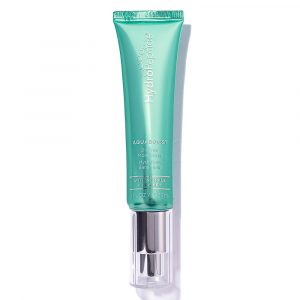
HydroPeptide Aqua Boost oil Free hydrator
360,00 AED -
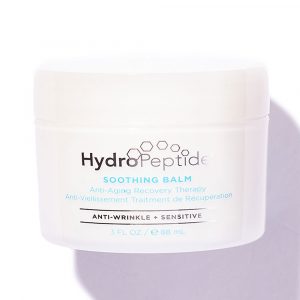
HydroPeptide Soothing Balm: Anti-aging Recovery Therapy
280,00 AED -
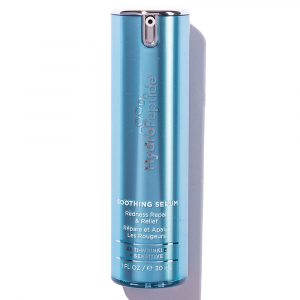
HydroPeptide Soothing Serum: Redness Repair & Relief
680,00 AED -

HydroPeptide Cleansing Gel: Cleanse, Tone, Makeup Remover
260,00 AED -
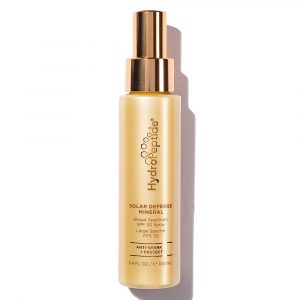
HydroPeptide Solar Defence Broad Spectrum Mineral Spray Face SPF 30
265,00 AED -
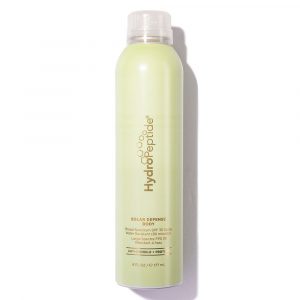
HydroPeptide Solar Defense: Broad Spectrum SPF 30 Body
270,00 AED -
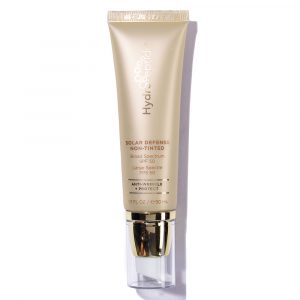
HydroPeptide Non tinted Solar Defense: Broad Spectrum SPF 50
260,00 AED -
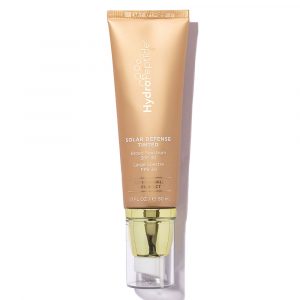
HydroPeptide Tinted Solar Defense: Broad Spectrum SPF 30
260,00 AED -
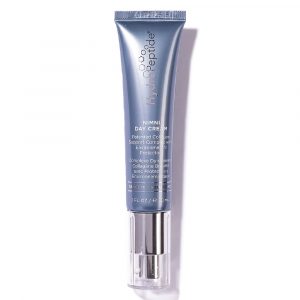
HydroPeptide NIMNI DAY Cream patented collagen Support complex
570,00 AED -
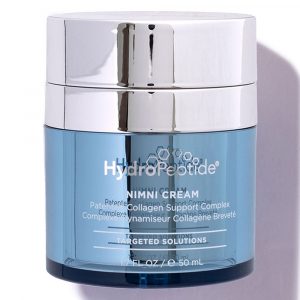
HydroPeptide NIMNI patented collagen Support complex
1.070,00 AED -
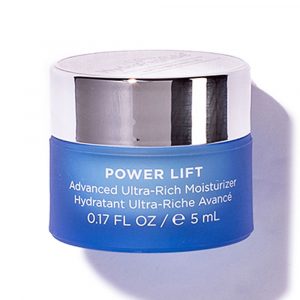
HydroPeptide Power Lift: Advanced Ultra-Rich Moisturizer
520,00 AED -
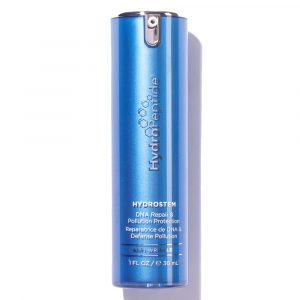
HydroPeptide HydroStem Serum Stress & Pollution Protection
760,00 AED -

HydroPeptide Pre-Treatment Toner: Balance & Brighten
230,00 AED -

HydroPeptide Exfoliating Cleanser: Energizing Renewal
250,00 AED






